“We are at a critical juncture in our response to end AIDS. As of now, we have 6.7 million people living with HIV in our region. Despite the progress we have made in our AIDS response, there are still 300,000 new HIV infections and 150,000 AIDS related deaths each year,” said Harry Prabowo of Asia Pacific Network of people living with HIV (APN Plus) and Seven Alliance. Even one AIDS death is a death too many because we have the science-based tools to avert it.
If every person living with HIV was on effective and lifesaving antiretroviral therapy, and the level of the virus was undetectable, then not only they would live healthy lives but also, there would be zero risk of any HIV transmission from them. That is why this is often referred to as #UequalsU or undetectable equals untransmittable. So, treatment works as prevention too.
The latest UNAIDS report released last month at the 25th International AIDS Conference (AIDS 2024), contains evidence that most HIV transmissions occur with people who do not know their status. There are also relatively high numbers of infections linked to those who are diagnosed but not on treatment, and those who are on treatment but have not yet achieved viral suppression.
“In 2023, the region of Asia Pacific showed a 13% decline in new HIV infections and 51% decline in AIDS related deaths (compared to 2010). Our task is far from over,” said Harry.
In some countries of Asia Pacific, HIV epidemic is growing at a faster rate: Bangladesh, Afghanistan, Fiji, Lao PDR, Papua New Guinea and the Philippines had an alarming rise in new infections. “In many of these countries, coverage of antiretroviral therapy remained below 50%, like Afghanistan, Fiji, Indonesia, Iran, Mongolia, Pakistan and the Philippines,” shared Harry. “Most of the vertical transmissions of HIV occurred in Indonesia (26%), India (23%), Papua New Guinea (8%).”
Why are key populations not fully engaged in service delivery?
The latest UNAIDS report shows that there was a sharp increase in new infections among gay men and other men who have sex with men in Asia and the Pacific region (32% rise between 2010-2023). Same holds true for other key populations, such as sex workers, people who inject drugs, transgender people, among others.
“Our communities face several challenges in accessing HIV testing, treatment and care,” said Harry.
There is hope. There is a plethora of demonstrated evidence from several countries and communities over the years that key population-led health services have successfully and effectively been able to reach out to those-in-need and serve them with human dignity in a rights-based manner. But these pilots are yet to be scaled up to have the desired public health impact.
Professor Praphan Phanuphak is credited to have diagnosed the first person with HIV in Thailand in 1985. He is a co-founder of HIV-NAT (the HIV Netherlands, Australia, Thailand Research Collaboration) and now serves at the Institute of HIV Research and Innovation (IHRI) as Senior Research and Policy Advocacy Advisor.
Thailand is among the few nations in Asia Pacific which is on track on a range of 2025 HIV-related targets. Reflecting, Prof Praphan highlighted few good policies in Thailand that helped advance care for people with HIV and preventing the spread of infection. Thai policy to prevent vertical transmission of HIV led the land of smiles to become first country in Asia Pacific region to eliminate vertical transmission of HIV and syphilis in 2016. Thai policy to provide free HIV testing for everyone once a year is another good practice. Free antiretroviral therapy, free pre-exposure prophylaxis (PrEP – a medicine for HIV negative people to help reduce the risk of HIV acquisition), same day test and treat, are some other good practice examples.
“These are good policies based on scientific evidence – sometimes Thai policies were based on WHO recommendations and many a times these were based on local evidence. For example, policies for same-day test and initiation of antiretroviral therapy and key population-led health services were made in recognition of the local evidence,” said Prof Praphan Phanuphak.
“But good policy decisions may not necessarily mean political commitment,” he added, as political sustainability is equally important to ensure policies, programmes and actions are sustained - and grow - in the desired public health direction over time.
Community leadership in AIDS response and delivering services
Dr Praphan shared that they had to demonstrate that key population-led health services work effectively. At the same time, they had to work towards removing the barriers – such as from medical council, medical technology council, among others, so that people may not object to key population-led health services when they get approved in wake of the evidence.
“We began our work around key population-led health services in 2014 with the support of US President’s Emergency Fund for AIDS Relief (PEPFAR) and United States Agency for International Development (USAID). We selected key population organisations in four provinces; we trained and equipped them with the instruments so that they could do HIV testing, CD4 cell count testing, and deliver PrEP and antiretroviral therapy. They were working together with the local doctors and public health officials to ensure that the service quality is good enough,” said Dr Praphan Phanuphak.
Dr Praphan-led team generated scientific evidence on effectiveness of key population-led HIV and health services and submitted it to the Ministry of Public Health of Thailand. “This led to formal legalisation and approval that well trained people from key populations can work in parallel with the public health officials in Thailand to deliver certain important HIV services. This legalisation made it possible for this effort to be financed by Thai government. However, lately this success had intermittent interruptions due to misinterpretation and misunderstanding of this effort,” said Dr Praphan.
A stereotype and harmful narrative needs to be dismantled. “Our Asian concept is that ‘health has to be delivered by healthcare workers’ – so paternalism and hierarchical nature of health system results in unequal power between doctors and other providers. This has to be firmly nailed down. Key population-led services are accepted worldwide and have to be expanded widely in the country,” rightly emphasised Dr Praphan.
Communities-led responses have made a difference in Nepal too
Nepal is among the four countries worldwide that has reduced new HIV infections by over 75% by 2023 (compared to 2010): the other three nations are Kenya, Zimbabwe and Malawi.
According to the latest UNAIDS report of 2024, Nepal’s decline in new infections by 2023 was 79%.
“Community-led interventions that are by – and for – the communities have made a difference in Nepal,” says Sara Thapa Magar, President of National Federation of Women Living with HIV and AIDS (NFWLHA) in Nepal, who also represents International Council of Women living with HIV (ICW) in Asia and the Pacific region. “We have to educate our own community members to lead targeted interventions to serve people living with HIV. 100% HIV testing of pregnant women in Nepal, rollout of PrEP, or focus on #UequalsU has made an impact too.”
Call to choose public health and not criminalisation in Papua New Guinea
The latest UNAIDS report shows deeply worrying HIV trends in Papua New Guinea. Annual new HIV infections have surged from 3300 in 2010 to 6700 in 2023 – more than 100% increase. Despite increase in HIV testing of pregnant women, testing rates still remain unacceptably low (23% in 2023). Treatment gap is wide too- only 58% of pregnant women or mothers living with HIV had received antiretroviral therapy.
“We need multifaceted strategy, which is community-led, to expand access to HIV prevention and treatment services. We have to increase access to all HIV prevention options, including PrEP. HIV self-test should also be more accessible to all. Communities can effectively provide HIV prevention services,” said Cathy Ketepa, Chairperson for Key Population Advocacy Consortium and coordinator of Friends Frangipani (a sex workers’ organisation in Papua New Guinea). “We have to support people from key populations and frontline leaders as they know best how to fight the disease.”
“At this crossroads, we have to choose the path of public health and not criminalisation of people or violations of human rights. We need constitutional steps too, to support human rights and public health so that gay men and other men who have sex with men, sex workers or transgender people can access health services with rights and dignity,” she added.
Funding gap in HIV response in Asia Pacific
"There is a 64% resource gap to meet the 2025 HIV-related targets. The shortfall in funding is another reminder that we must not become complacent. We need sustained and increased investment to ensure no one is left behind in our AIDS response," said Harry Prabowo. "Strengthening community-led initiatives for scaling up HIV prevention and treatment services, and empowering the most affected by HIV to take a leadership role in the response to HIV should be among the top priorities."
HIV response is intrinsically linked to human rights and other SDG goals and targets. "HIV response cannot take place in isolation. For example, COVID-19 pandemic, conflicts and risks, caused great disruption to access of services. Human insecurity has heightened – development landscape has shifted too. We need new approaches to development. We need growth as well as we need fully funded HIV response – but we need right kind of growth, which reduces disparities and disruptions we see in the region," rightly said Cecilia Oh, UNDP Global Programme Advisor.
Cambodia is another country in Asia Pacific which is on track to deliver on some of the HIV-related 2025 targets. Tia Phalla, National AIDS Authority Deputy Director, Cambodia, said that "Cambodia is providing social protection to 52% of people living with HIV, and prioritising key populations based on the vulnerability of their jobs. We have developed a sustainability roadmap which is included in our national strategic plan and national policy of ending AIDS and sustaining HIV response. We have less money for prevention. We need to address the gap on HIV prevention."
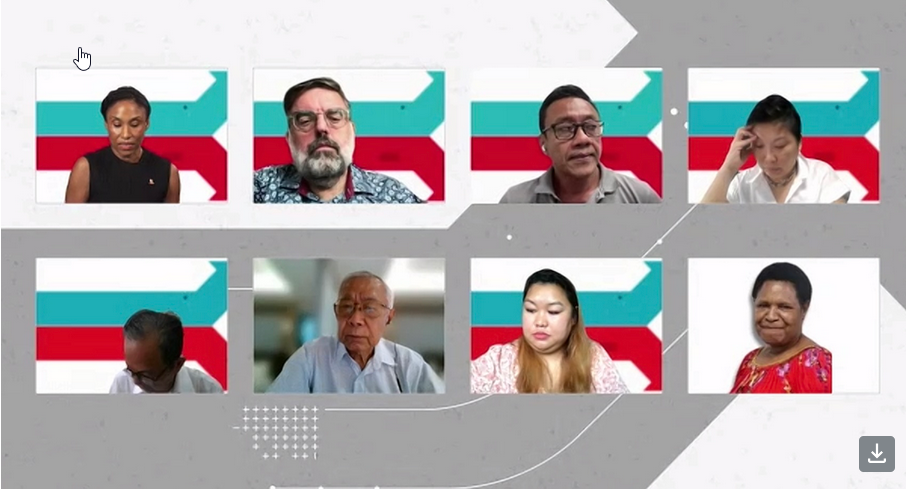
 Cambodia is another country in Asia Pacific which is on track to deliver on some of the HIV-related 2025 targets.
Cambodia is another country in Asia Pacific which is on track to deliver on some of the HIV-related 2025 targets. 




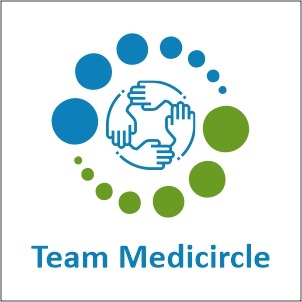





.jpeg)



.jpg)


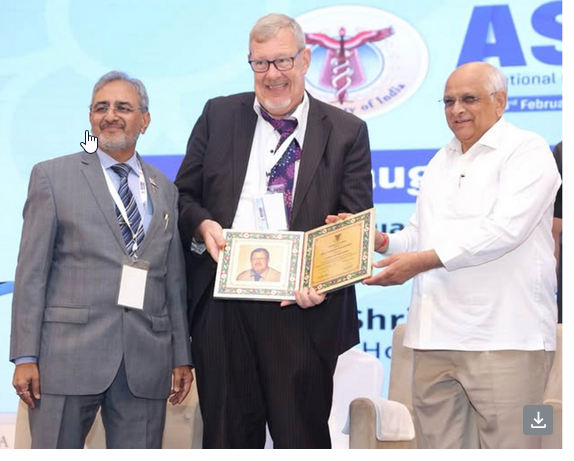
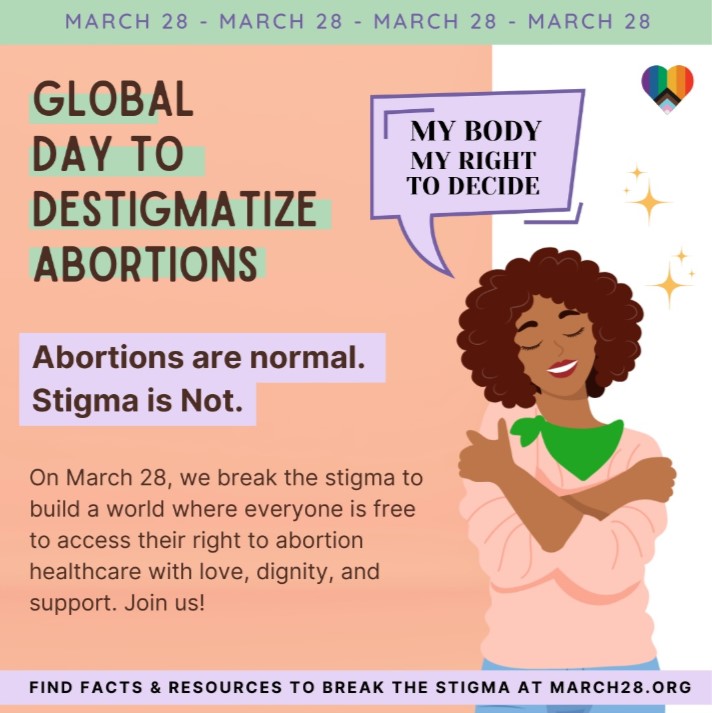
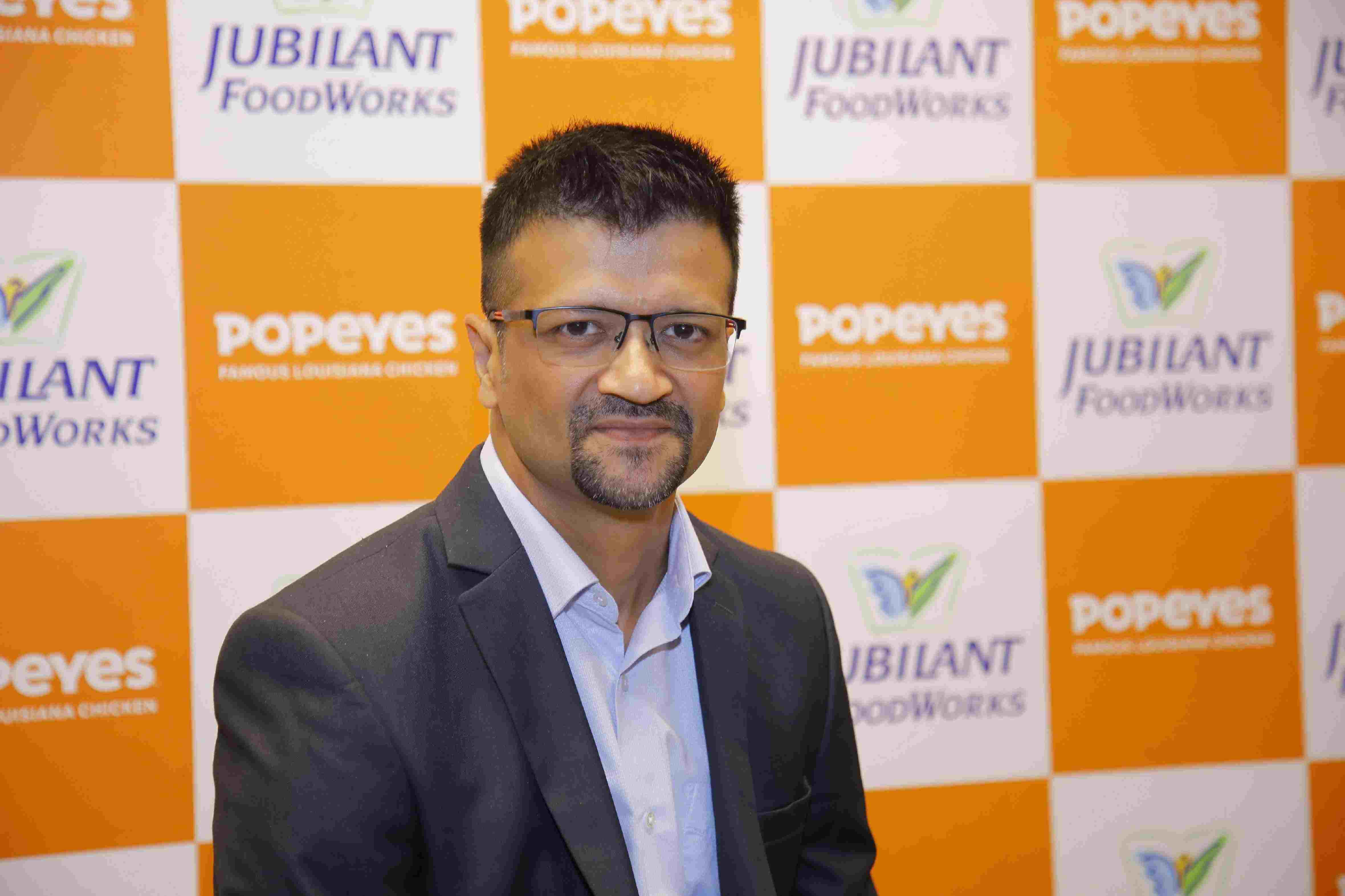
.jpeg)

.jpg)

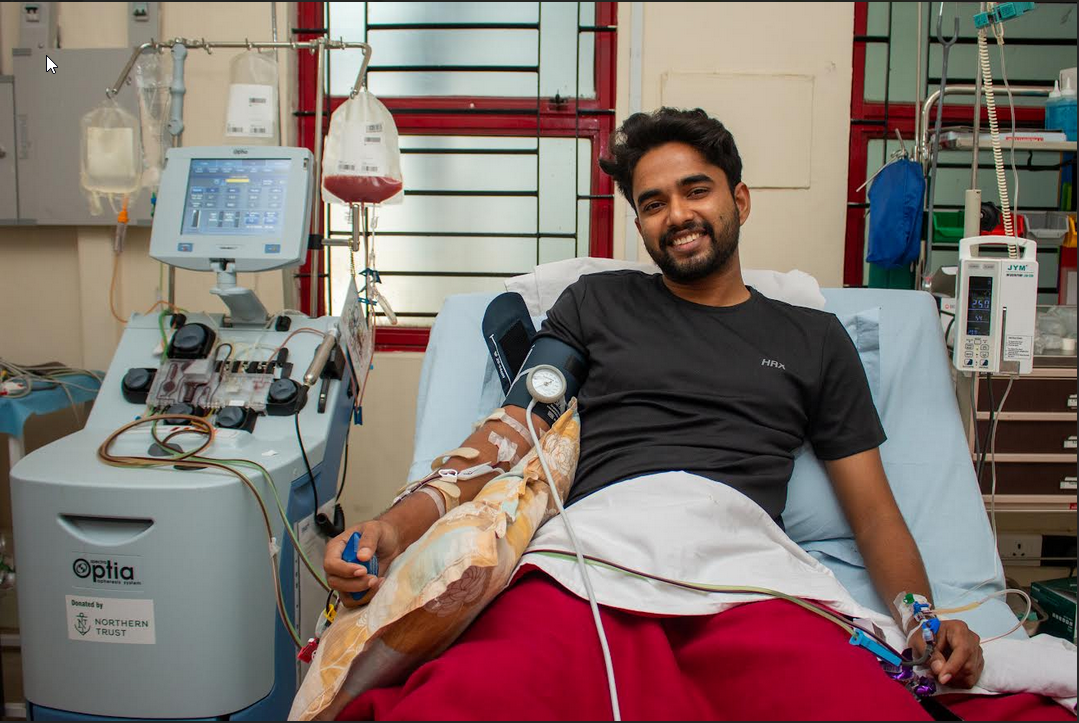
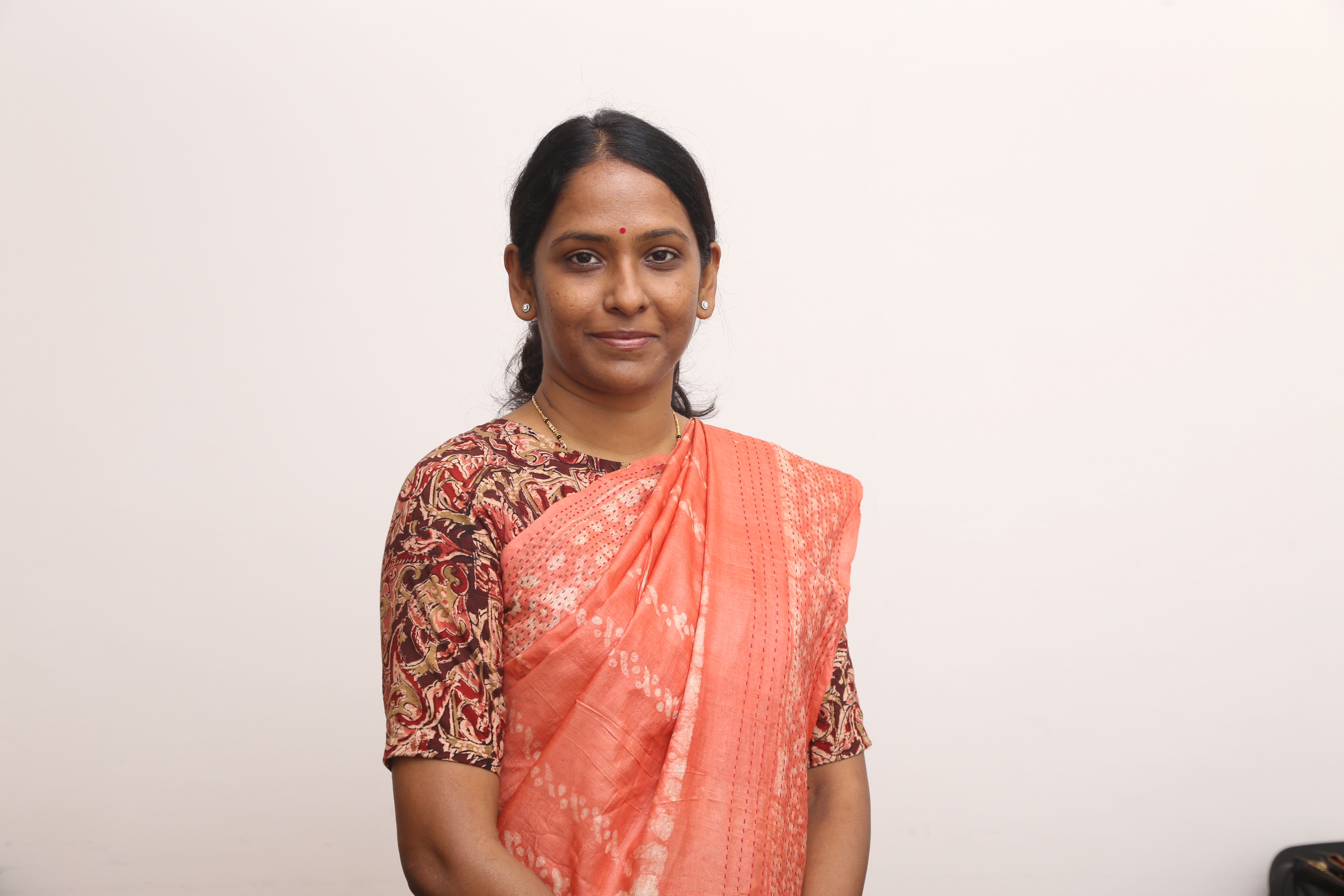


.png)

